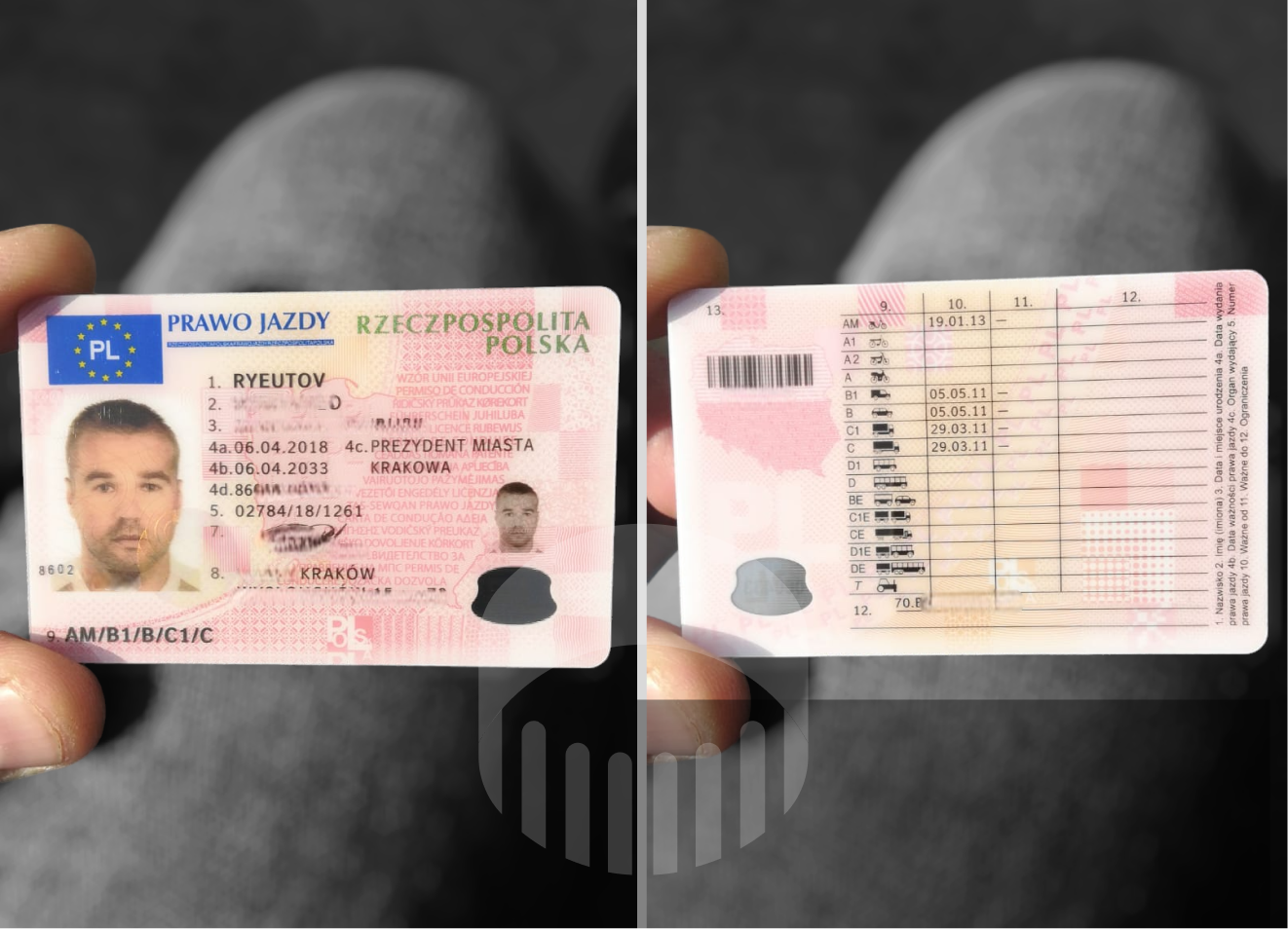Why Driving License Store Isn't A Topic That People Are Interested In Driving License Store
The Evolution of Driving License Storage: A Comprehensive Guide
In the ever-evolving landscape of innovation and administration, the way we handle and keep our driving licenses has actually undergone substantial modifications. From traditional paper cards to digital formats, the journey of driving license storage shows more comprehensive trends in identity management and security. This post delves into the history, existing practices, and future prospects of driving license storage, supplying a comprehensive summary for both people and policymakers.
A Brief History of Driving Licenses
The idea of a driving license dates back to the early 20th century when automobiles began to acquire appeal. At first, driving licenses were easy papers or metal plates issued by local authorities. These early licenses were frequently handwritten and did not have the security features we take for approved today.
As the variety of lorries on the road increased, so did the need for more standardized and protected licensing systems. By the mid-20th century, numerous nations had actually embraced plastic cards with printed details and standard security features such as holograms and watermarks. These cards were more resilient and more difficult to create, however they still had constraints.
Present Practices in Driving License Storage
Today, driving licenses are generally stored in a combination of physical and digital formats. Here's a better look at the existing practices:
Physical Licenses
- Plastic Cards: Most nations release driving licenses in the kind of plastic cards. These cards are durable and consist of a range of security functions to avoid counterfeiting.
- Holograms and Microprinting: Modern licenses frequently incorporate holograms and microprinting, which are challenging to replicate without customized equipment.
- Barcodes and QR Codes: Many licenses now consist of barcodes or QR codes that can be scanned to verify the authenticity of the file and access extra details.
Digital Licenses
- Mobile Apps: Some countries have presented digital driving licenses that can be kept on smartphones. These apps supply a safe and secure and convenient way to carry and provide a driving license.
- Blockchain Technology: Blockchain is being explored as a way to create tamper-proof digital driving licenses. This technology guarantees that the details is immutable and can be confirmed without the requirement for a central authority.
- Cloud Storage: Some jurisdictions are explore cloud-based systems where driving license info is stored and accessed through secure online portals.
Benefits and Challenges of Modern Driving License Storage
The transition to contemporary driving license storage approaches brings numerous advantages and difficulties:
Benefits:
- Convenience: Digital licenses can be easily accessed and provided using a smartphone, removing the requirement to bring a physical card.
- Security: Advanced security functions and digital confirmation techniques make it more difficult to create or alter driving licenses.
- Efficiency: Digital systems can enhance the procedure of issuing and restoring licenses, lowering administrative concerns and wait times.
Obstacles:
- Digital Divide: Not everyone has access to a smartphone or the web, which can develop variations in who can benefit from digital licenses.
- Personal privacy Concerns: Storing personal information in digital formats raises issues about data privacy and security.
- Technical Issues: Digital systems can be vulnerable to technical failures, such as server interruptions or app crashes, which can render a digital license momentarily unusable.
Future Prospects
The future of driving license storage is likely to be shaped by ongoing technological improvements and altering societal needs. Here are some possible developments:
- Biometric Integration: Biometric data, such as finger prints or facial recognition, might be integrated into driving licenses to improve security and personal identification.
- Smart Contracts: Blockchain-based smart agreements might automate the process of license renewal and validation, making it more effective and transparent.
- International Standardization: As more nations embrace digital driving licenses, there may be a push for global standards to guarantee interoperability and shared acknowledgment.
Frequently asked questions
Q: What are the primary security functions of contemporary driving licenses?
- A: Modern driving licenses typically include holograms, microprinting, barcodes, and QR codes. These functions make it tough to forge or change the license.
Q: Can I use a digital driving license rather of a physical one?
- A: It depends on the jurisdiction. Some nations enable digital licenses to be used in place of physical ones, while others require both. Constantly check local guidelines.
Q: What should I do if I lose my driving license?
- A: If you lose your driving license, you ought to report it to the pertinent authority right away. They will guide you through the process of acquiring a replacement.
Q: Are digital driving licenses secure?
- A: Digital driving licenses are normally safe, but they are not unsusceptible to technical problems or hacking. The majority of jurisdictions use file encryption and other security measures to protect the information.
Q: How can I safeguard my privacy with a digital driving license?
- A: To safeguard your privacy, utilize strong passwords, enable two-factor authentication, and be careful about sharing your digital license info. Additionally, stay informed about the information privacy policies of the app or service you utilize.
The development of driving license storage is a testament to the ongoing improvements in innovation and administration. While physical licenses stay a common type of recognition, the increase of digital licenses provides new levels of convenience and security. As prawo jazdy za opłatą continues to advance, the future of driving license storage is most likely to end up being even more integrated and efficient, benefiting both individuals and society as a whole.
